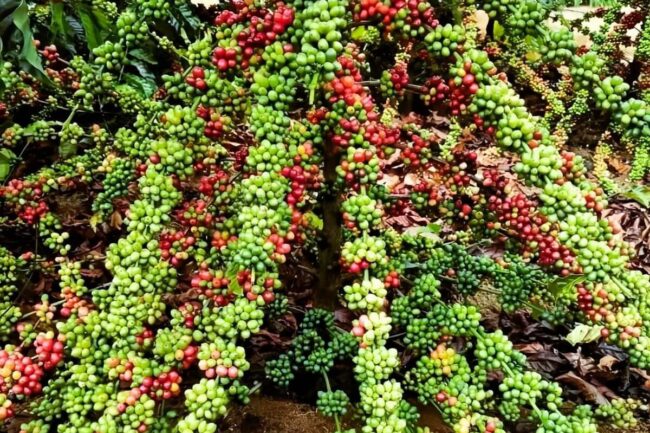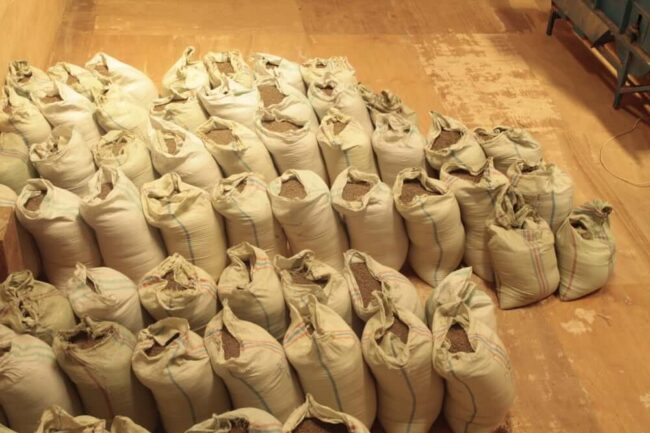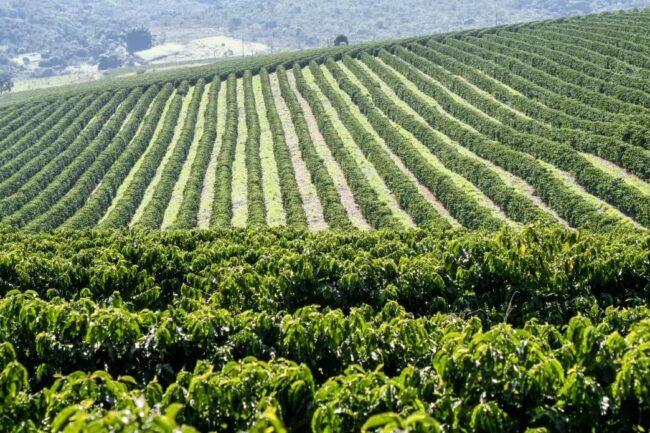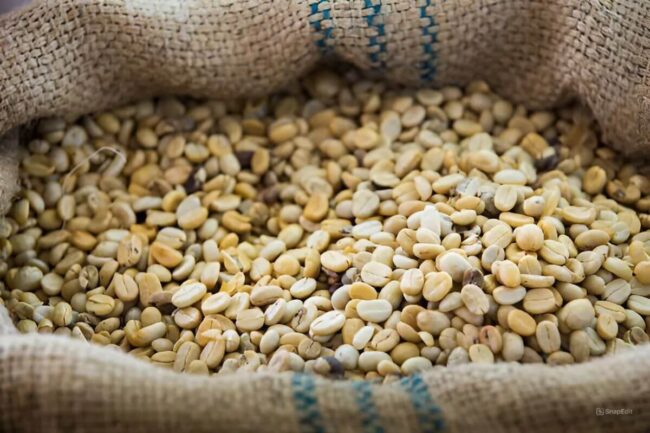May arabica coffee (KCK23) on Thursday closed up +5.85 (+3.07%), and May ICE robusta coffee (RMK23) closed up +35 (+1.45%).
Coffee prices Thursday extended this week’s rally, with arabica climbing to a 1-3/4 month high and robusta posting a 3-1/4 month high. Mounting supply concerns have sparked fund buying of coffee futures. The Colombia Coffee Growers Federation reported late Wednesday that Colombia Mar coffee exports fell -19% y/y to 906,000 bags. Colombia is the world’s second-largest arabica bean producer.
Strength in the Brazilian real (^USDBRL) is supportive for arabica coffee prices after the real Thursday climbed to a 10-month high against the dollar. A stronger real discourages export selling from Brazil’s coffee producers.
Tighter ICE arabica stockpiles are supportive of coffee prices after ICE monitored arabica coffee inventories Thursday fell to a 4-month low of 710,687 bags.
Coffee prices also garnered support Thursday as the odds of an El Nino weather event increased, which could likely undercut global coffee production. The U.S. Climate Prediction Center Thursday raised the likelihood of an El Nino weather pattern emerging between August and October to 74% from 61% a month ago. If that El Nino pattern occurs, it could bring heavy rains to Brazil and drought to India, negatively impacting coffee crop production.
Last Wednesday, the International Coffee Organization (ICO) reported global coffee exports during Oct-Feb fell -8.7% y/y to 48.66 mln bags. Also, Cecafe reported today that Brazil’s Mar green coffee exports dropped -19% y/y to 2.78 mln bags. By contrast, Honduran Mar coffee exports rose +14% y/y to 1.097 million bags. Honduras is Central America’s biggest exporter of arabica beans.
Ample rainfall in Brazil should boost coffee yields and is negative for coffee prices. Somar Meteorologia reported Monday that Brazil’s Minas Gerais region received 29.8 mm of rain in the week ended April 9, or 148% of the historical average. Minas Gerais accounts for about 30% of Brazil’s arabica crop.
Robusta has support on global supply concerns after coffee trader Volcafe forecasted the global 2023/24 robusta coffee market would see a record deficit of 5.6 mln bags. In addition, the Association of Indonesian Coffee Exporters and Industries said that Indonesia, the world’s third-largest robusta producer, will see its 2023 coffee production fall -20% y/y to 9.6 mln bags due to damage from excessive rainfall across its growing regions.
On the bearish side, Safras on Monday projected Brazil’s coffee crop this year would increase +13% y/y to 66.65 mln bags and that Brazil’s 2023/24 coffee exports will climb by +21% y/y, given a projected surplus of 45 mln bags.
A bearish factor for robusta coffee was Monday’s report from Vietnam’s General Department of Customs Statistics Office that showed Vietnam’s Mar coffee exports rose +5.2% m/m to 210,372 MT. However, total Q1 coffee exports are down -5% y/y at 552,613 MT. Vietnam is the world’s largest producer of robusta beans.
The International Coffee Organization (ICO) projects the global 2022/23 coffee market deficit will widen to -7.3 mln bags from a -7.1 mln bag deficit in 2021/22. ICO projects that 2022/23 global coffee production will increase +1.7% y/y to 171.27 mln bags, and 2022/23 global coffee consumption will increase +1.7% y/y to 178.53 mln bags.
The USDA, in its bi-annual report released on December 23, cut its global 2022/23 coffee production estimate by -1.3% to 172.8 mln bags from a June estimate of 175.0 mln bags. In addition, the USDA cut its 2022/23 global coffee ending stocks estimate by -1.7% to 34.1 mln bags from a June estimate of 34.7 mln bags. Meanwhile, the USDA’s Foreign Agriculture Service (FAS) on November 22 cut its Brazil 2022/23 coffee production forecast by -2.6% to 62.6 mln bags from a prior estimate of 64.3 mln bags. This year was supposed to be the higher-yielding year of Brazil’s biennial coffee crop, but coffee output this year was slashed by drought.




